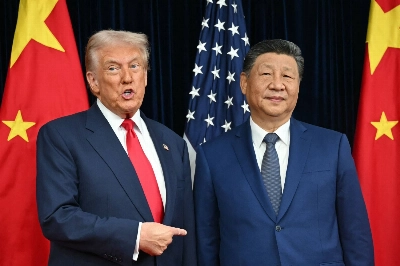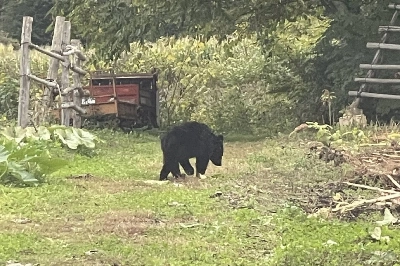This month the Convention on International Trade in Endangered Species of Wild Fauna and Flora (CITES) celebrates the start of its fifth decade. It is the oldest international environmental agreement and one of the few with real teeth, because it can impose trade sanctions for noncompliance — and because virtually all countries have joined.
The mission of CITES is to prevent illegal wildlife trafficking and illicit trade in endangered and protected species. Commercial trade in species that are threatened with extinction — including elephants, rhinos and tigers — as well as derivative products, such as tusks, horns and powders, is completely prohibited. Commercial trade in species that are not yet threatened with extinction but are still protected by CITES — for example, pythons — is subject to a permit.
In total, CITES extends protection to roughly 5,600 animal and 30,000 plant species. Yet many protected species are nonetheless facing severe threats, owing to habitat loss, illicit trafficking and unsustainable harvesting.

















With your current subscription plan you can comment on stories. However, before writing your first comment, please create a display name in the Profile section of your subscriber account page.